Jan Haseler led a walk at the National Trust’s Holies reserve at Streatley on the still, sunny morning of Saturday 8 October. Members gathered at the car park at the top of Streatley Hill, including two intrepid cyclists who had laboured up the long steep hill from the village. The walk started out southwards along a track through woodland where there had been much recent felling of diseased Ash trees. A tuft of the poisonous Funeral Bell Galerina marginata fungus was found on rotting wood. Specimens had a smooth and slightly sticky orange cap and a flimsy ring which was stained rusty brown by the spores. There was a brief diversion into the Beech woodland on the west side of the track. A sharp line delineates the boundary between the Brambles which cover most of the hillside and the bare ground at the top of the slope. This vegetation boundary marks the geological boundary between the Clay-with-flints (covered with Bramble) and the Westland Green Sands and Gravels, the highest and oldest of the Thames Gravel deposits. The Westland Green deposits include ‘Northern Drift’ material, with a scattering of crystalline and volcanic stones, as well as flint material.
The track led to the Holies Top Field, an open area of acid grassland with scattered trees and scrub. Distant views into Hampshire opened up to the south, with the Hannington television mast prominent on the line of the North Wessex Downs. A few Field Mushrooms and a number of different Bolete species were poking up through the grass, including Red-cracking Bolete Boletus chrysenteron and Brown Birch Bolete Leccinum scabrum and, under a Beech tree, Xerocomus cisalpinus. The route led down through two kissing gates into Holies Middle Field, an area of fine Chalk grassland. Traces can still be seen of the tracks left by the motorcycle scrambling which took place here in the 1980s. Flowers seen here included Wild Basil, Agrimony, Common Centaury, Dwarf Thistle and Common Knapweed and there were dry seed-heads of Carline Thistle and Autumn Gentian. There was a pause to explore more closely one of the former scrambling trackways, where a number of tiny plants of Basil Thyme were found. Their flowers were violet-blue with white markings. On the other side of the valley, Devil’s-bit Scabious, Clustered Bellflower, Harebell and Field Scabious were all in flower and a few Meadow Brown butterflies were still on the wing. A pair of Stonechats were spotted down in the valley bottom.
The walk continued through the gate into Holies Bottom Field and then back up the metalled track which climbs steeply up the hillside. In flower on the trackway were more Basil Thyme, Wild Marjoram and Vervain. A grasshopper at the side of the track was identified from a photograph as a Common Green Grasshopper. Leaving the track, the route contoured round the steepest part of the hillside, where there were good numbers of the flat stripy Heath Snail Helicella itala. The resident herd of cattle were grazing down below in the valley bottom. Good numbers of the tiny greenish-white flowers of the semi-parasitic Bastard-toadflax were found amongst the shortest turf and a few plants of Yellow-wort were still in flower. A female Kestrel perched on a wooden power-line support structure. The uncommon but distinctive fungus Agaricus bernardii was found here. Its cap was about 7cm in diameter with distinctively large scales, there were remnants of a veil and the stem bruised a red colour. Formerly chiefly coastal, it is now becoming commoner inland. About 10 Chiltern Gentian plants were in flower in the top north-east corner of field and a Common Rock-rose flower was found nearby. From the top of the field, there were distant views south-eastwards down the Thames valley to Reading and beyond, and eastwards to Goring and the Oxfordshire countryside. A Brimstone butterfly flew into the dense scrub at the edge of the field. The return route led through the top gateway back into Holies Middle Field. A Whitebeam next to the gateway had a good crop of chunky orange-red berries. Several patches of Pale Toadflax were in flower at the edge of the field. The route crossed a strip of Beech woodland and led back into Holies Top Field. Cep Boletus edulis was found in the grass at the woodland edge and a Red Admiral butterfly was seen nearby. A little further on, many Hornets were flying around the brambles at side of path. On the final stretch back through the woods, a Magpie Inkcap Coprinopsis picacea which had been missed at the beginning of the walk was found.
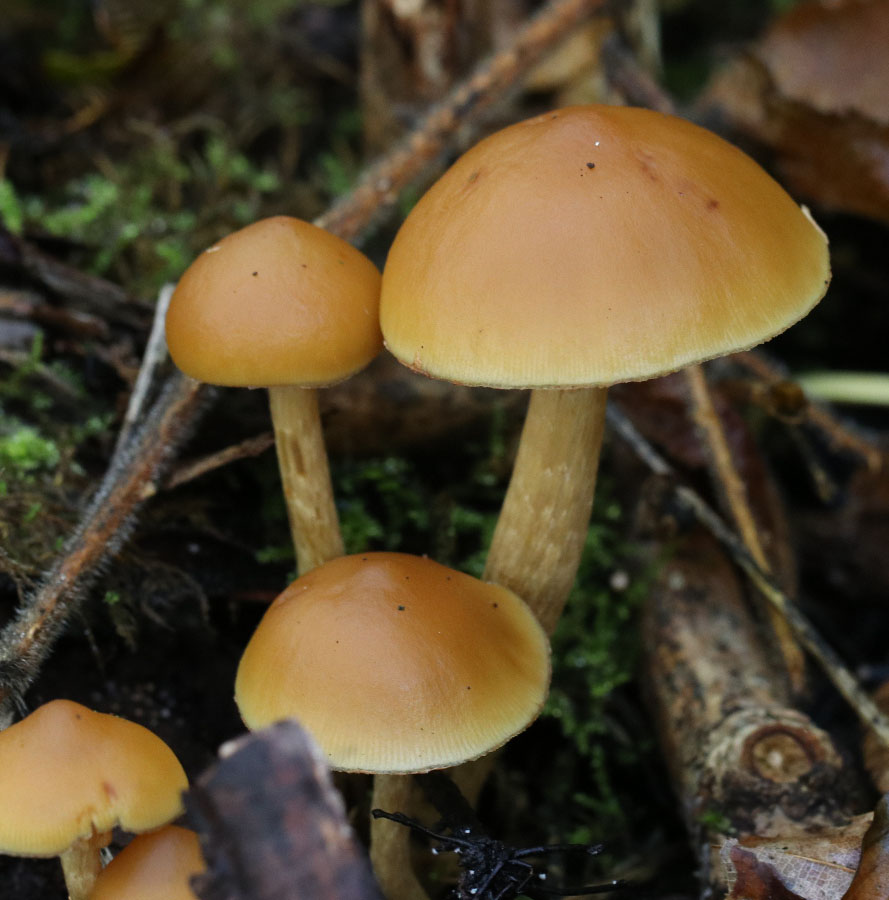
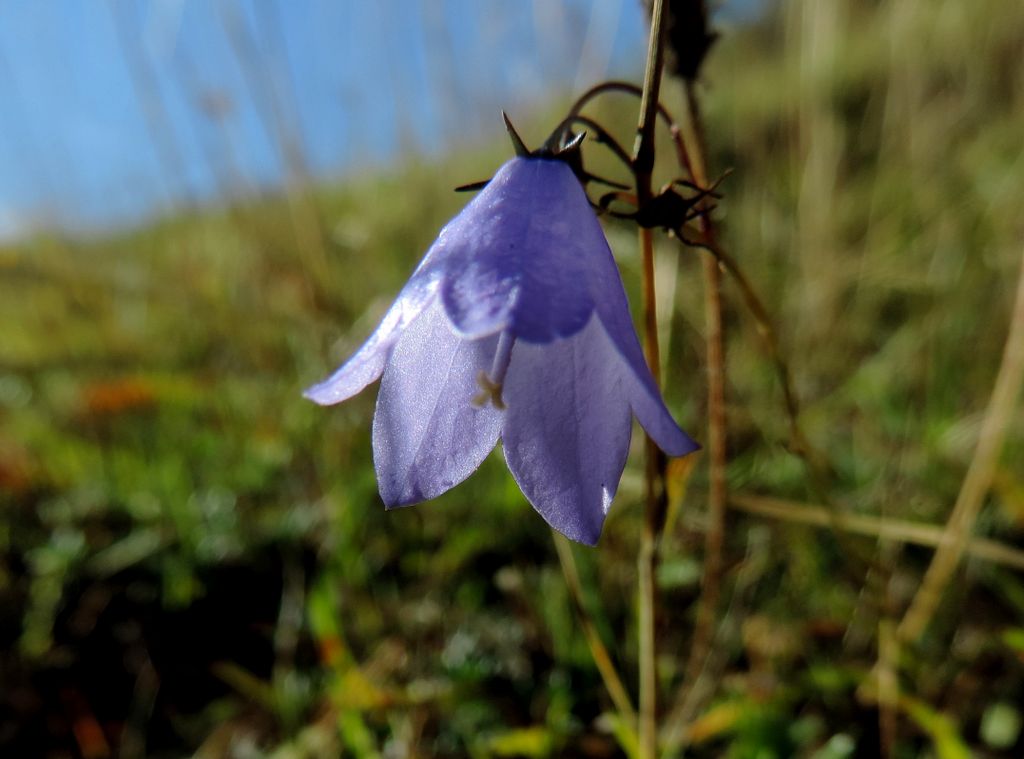
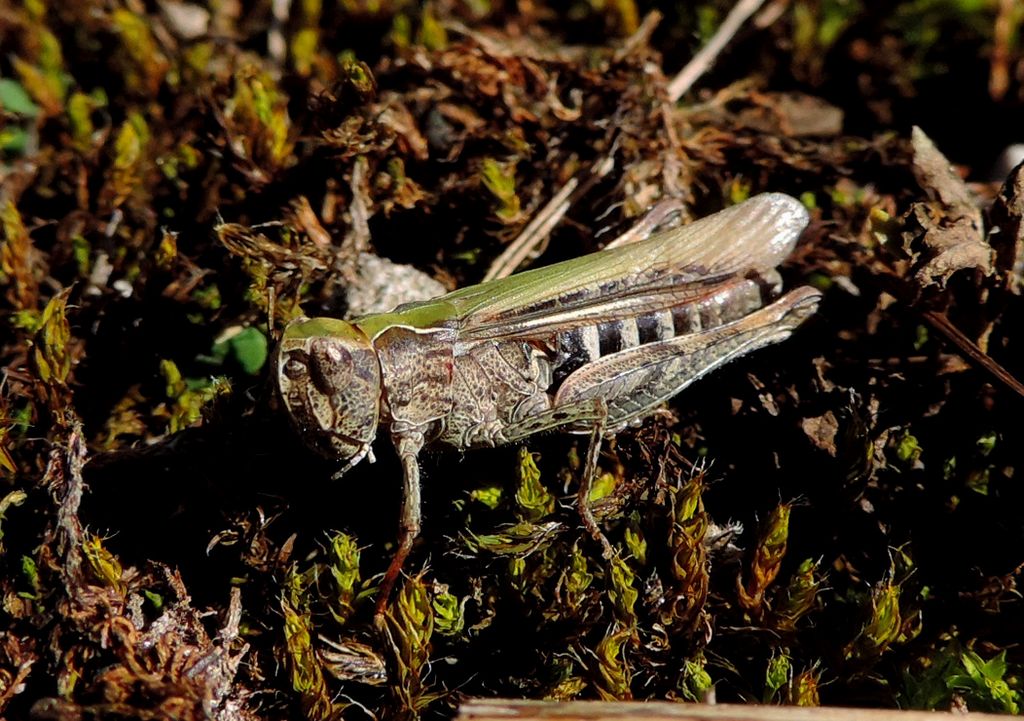
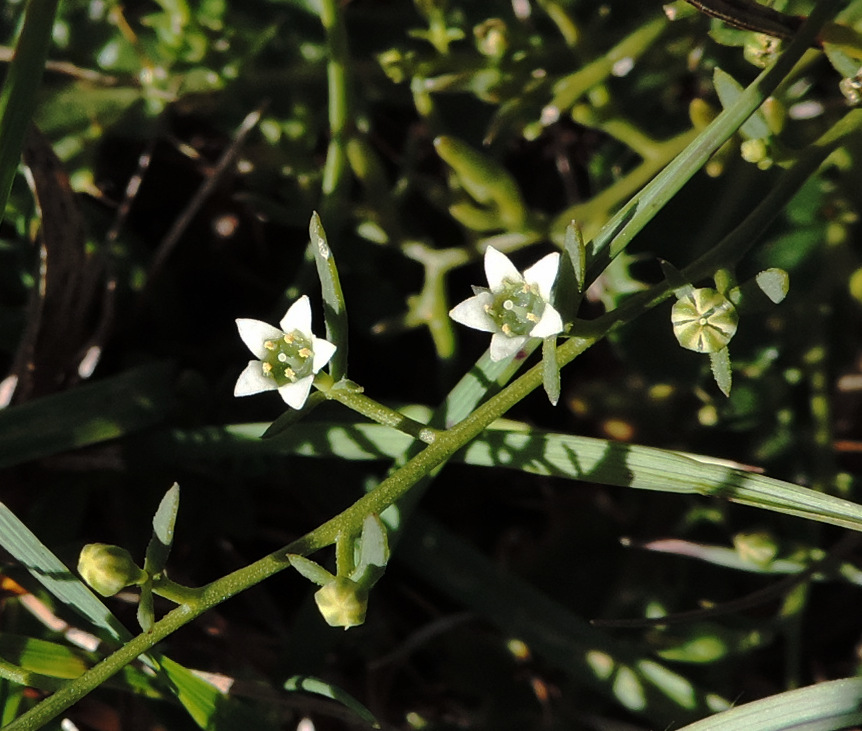
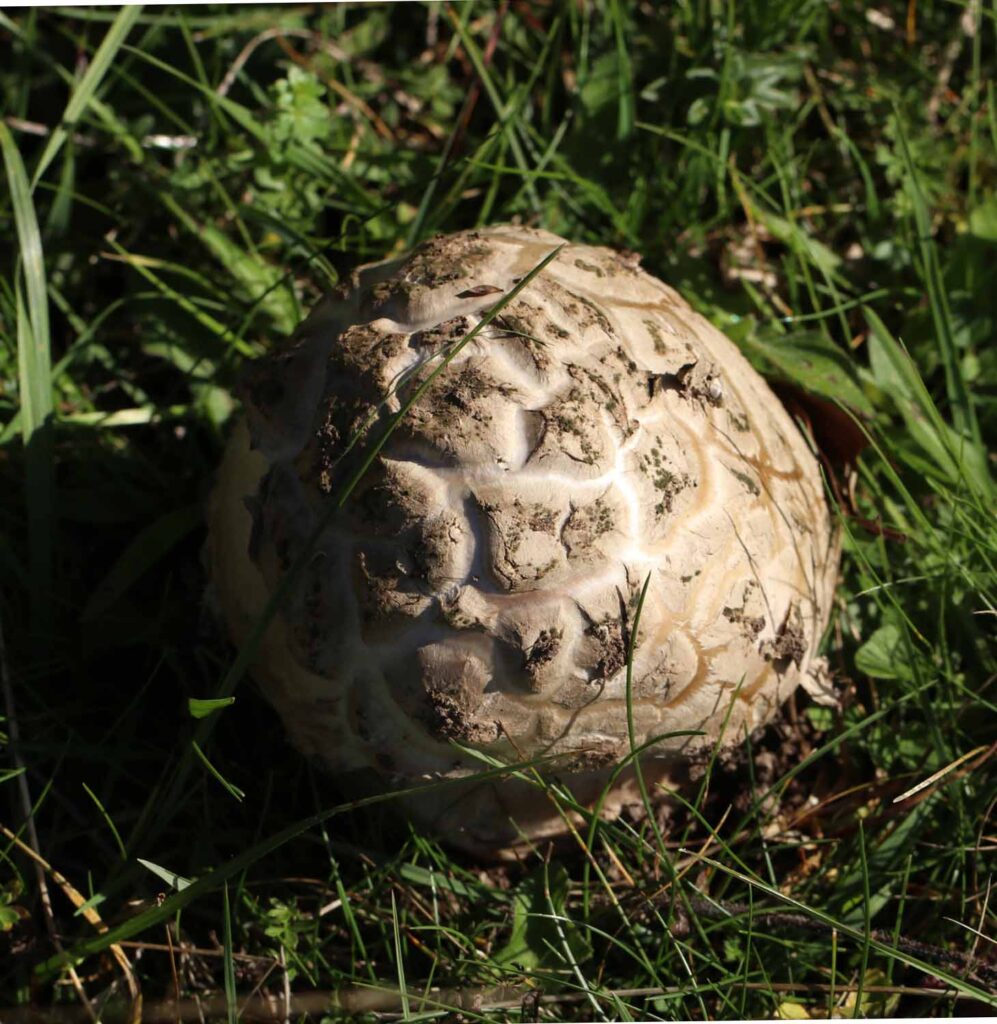
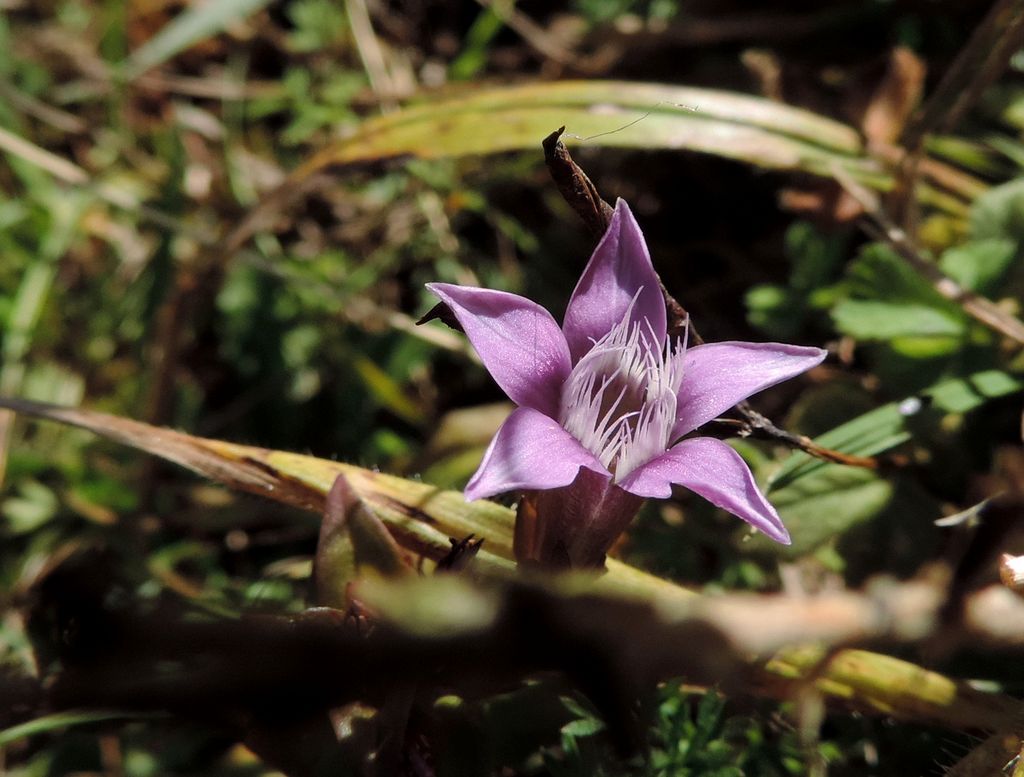
Pictures by Sue White and Rob Stallard
